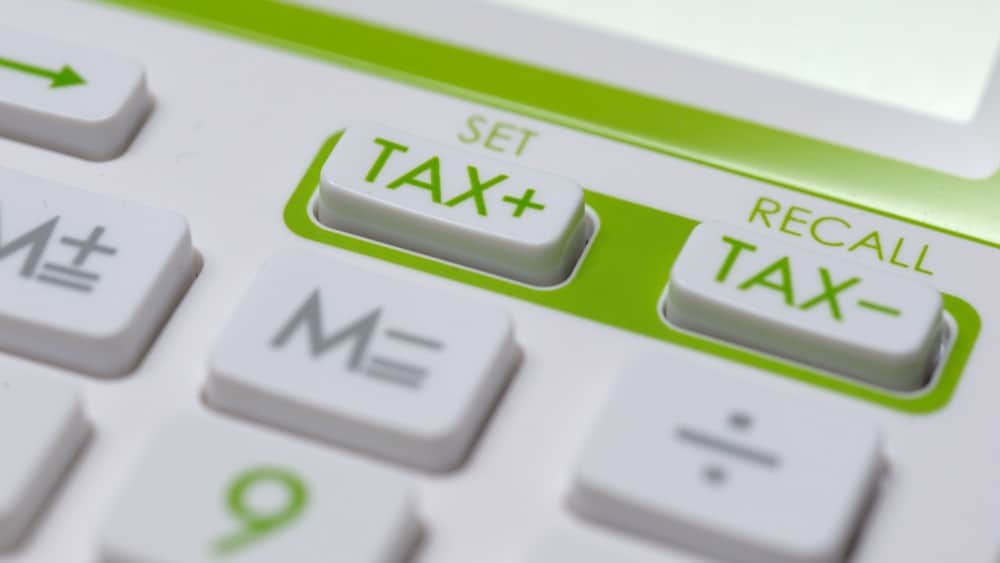Did you know that there’s a $1,984 tax break you can claim no matter your age, income level or how many other tax breaks you’ve already claimed?
It’s a basic tax credit offered by the Canada Revenue Agency, on $13,229 of income. The credit is for 15%, so it saves you $1,984. It doesn’t matter how much money you earned–if you’re a Canadian citizen who works for a living, you’re entitled to this tax break.
So what is the tax break, and how do you claim it?
The basic personal amount
The basic personal amount is $13,229 that you pay no federal income tax on. There are also basic personal amounts at the provincial level. The theory behind these tax credits is that people shouldn’t be paying taxes on very low amounts of income. If you earn just $13,229, you’re below the poverty line. So, theoretically, you should pay no taxes to the Canada Revenue Agency. After all, the tax system exists so that those who are fortunate enough to earn a living wage can pay for the services everyone uses. It makes little sense to tax those who are barely making ends meet.
How this credit works
If you’re like most Canadians, you probably earn more than $13,229, which means you’ll be paying some taxes this year. However, you’re still exempt from federal taxes on the first $13,229 of income. The federal tax rate on the first $45,000 or so of earnings is 15%. As a result, the 15% credit on your first $13,229 eats up all the taxes on that portion of your income.
How to make the most of your savings
The $1,984 you save with the basic personal amount tax credit is a fair bit of money. Most likely, your employer is already adjusting your pay for it, so it won’t necessarily trigger a refund. However, if you’re self employed and paying your taxes without factoring this credit in, you could get a nice windfall in April.
The question, then, is what to do with the money. When you get a tax refund, there are all kinds of things you can do with it. Saving, paying off debt, and buying desired items are just a few of the popular options.
Another great idea is investing. If you invest $1,984 in an index fund like the iShares S&P/TSX 60 Index Fund (TSX:XIU), you can grow it over time. First, you’d get dividends by buying such an investment; second, you could see the value of the shares increase over time.
At today’s prices, XIU yields about 2.9%. So if you invest $1,984 in it, you get $57 back in dividends each year. On top of that, if you realize a 10% gain, then you get a $198 increase in the value of your shares. Between the two, you’ve got a $255 total return. Over the years, even modest returns like that compound. It would take only about 7.2 years to double your money at a meagre 10% annual total return.
So as you can see, $1.984 can go a long way. And thanks to the basic personal amount tax credit, every working Canadian is entitled to $1,984 in tax savings each year.










